Have you ever wondered how the world around us works, from the tiny ants under our feet to the vast, twinkling stars above? Science unlocks mysteries every day, offering us incredible facts that seem more like magic than reality. In this journey, we’ll explore some of the most astonishing discoveries that show just how amazing our universe and everything in it can be.
Earth’s Oxygen Is Produced by Oceans

Over half of the world’s oxygen is produced by the oceans, primarily through the photosynthesis of marine plants, algae, and phytoplankton. This fact is mind-blowing because it highlights the crucial role oceans play in sustaining life on Earth, not just marine life but also terrestrial life, by providing the majority of the oxygen we breathe.
Helium Works Against Gravity
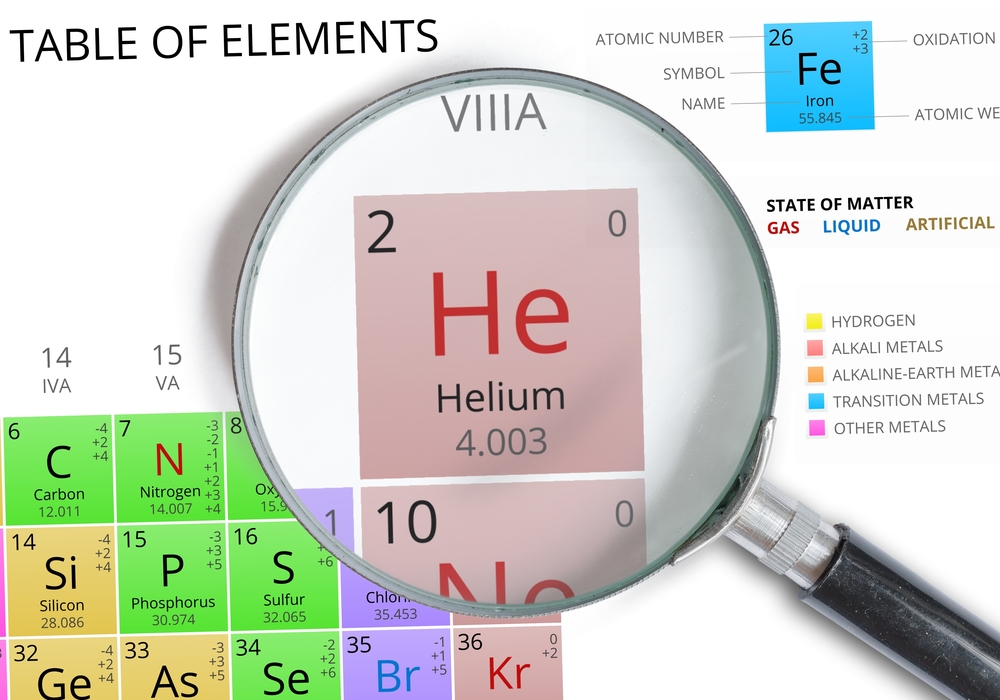
Helium is so light that it can escape Earth’s gravity and leak into space. This is fascinating because it defies our everyday experience with gravity holding things down. The ability of helium to rise and escape Earth’s atmosphere is why balloons filled with helium float upwards.
Big Stars’ Explosion Create a Black Hole
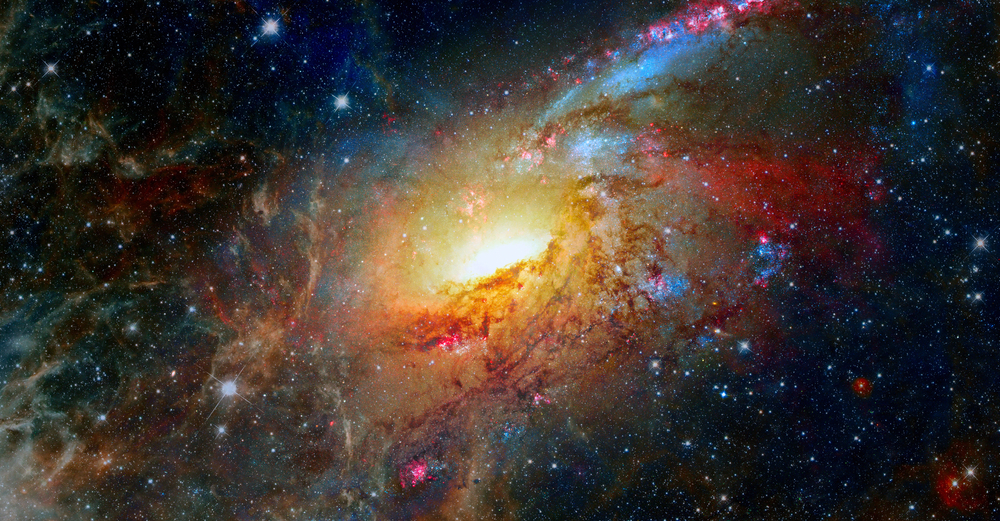
When massive stars, much larger than our sun, exhaust their nuclear fuel, they collapse under their gravity and explode in a supernova. This process can lead to the formation of black holes, incredibly dense points in space where gravity is so strong that not even light can escape. The transformation from a star to a black hole is a spectacular cosmic event.
Bats Don’t Get Sick from Most Viruses
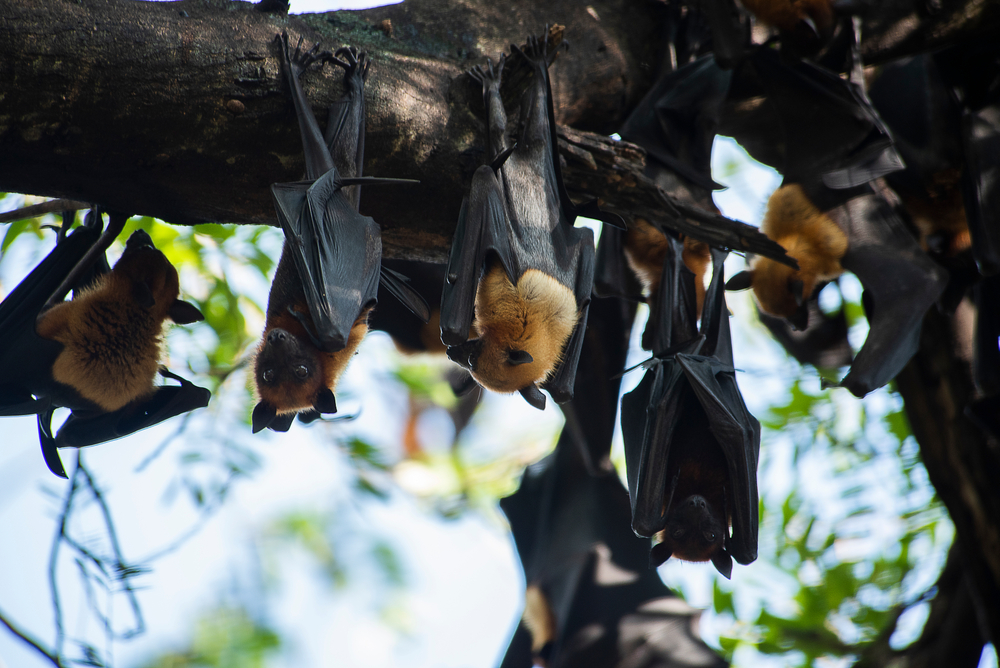
Bats host numerous viruses without getting sick, thanks to their unique immune systems. This is mind-blowing because it shows how different species have evolved to coexist with pathogens, and studying bats can help us understand more about our susceptibility to diseases and improve our responses to them.
It Takes Light Almost Eight Minutes to Travel from the Sun to Earth
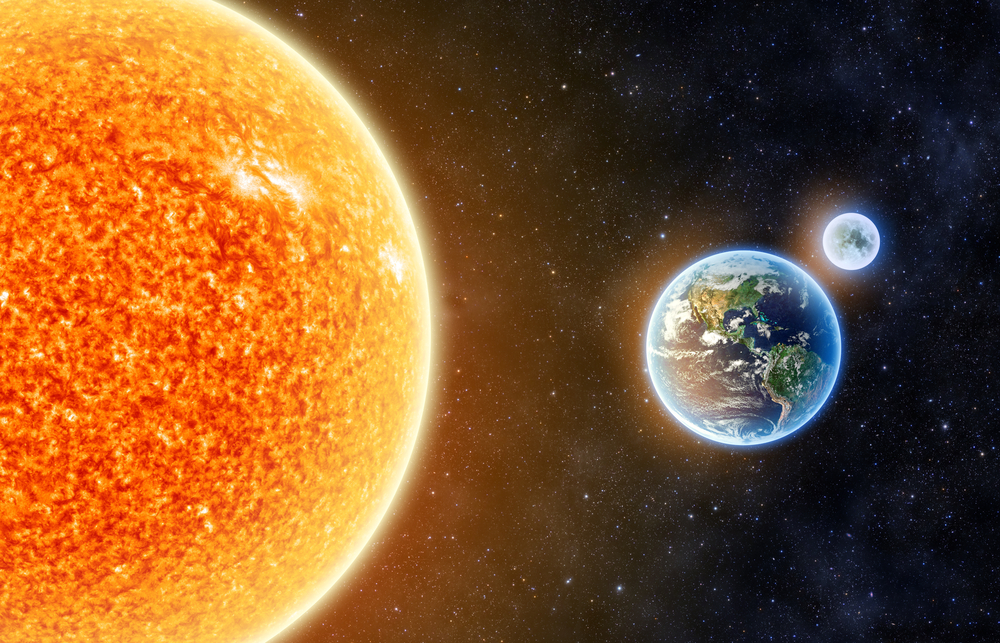
Light travels at an incredible speed of 299,792 kilometers per second, yet it takes nearly eight minutes to reach us from the sun. This fact underlines the vast distances in our solar system, making us realize the enormity of space and our relatively small place within it.
Lizards Use Their Tongue to Smell
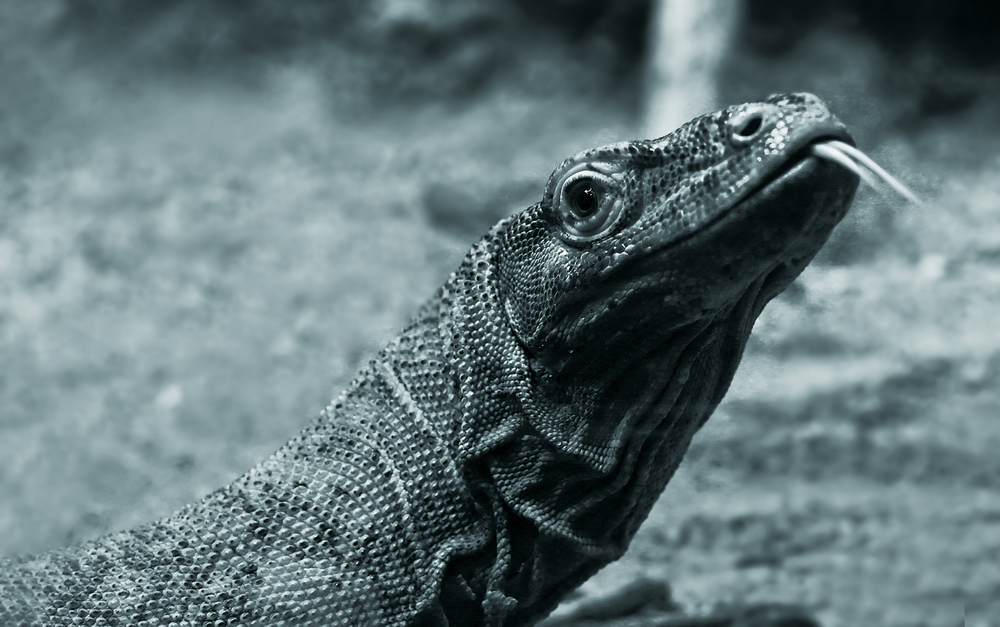
Lizards smell by capturing scent particles on their tongues and then pressing them against the roof of their mouths, where sensory cells interpret the smells. This unique method of smelling is fascinating and shows the diversity of sensory adaptation in the animal kingdom.
Plants Make Food from Light

Through photosynthesis, plants convert light energy into chemical energy, producing food and oxygen. This process is fundamental to life on Earth, and its efficiency and complexity are truly astounding, supporting ecosystems and the planet’s atmosphere.
Hawaii Moves Closer to Alaska Every Year

Due to tectonic plate movements, the Hawaiian Islands are moving closer to Alaska at a rate of about 7-8 centimeters per year. This slow yet constant geological motion is a reminder of Earth’s dynamic nature and the continuous changes in its surface.
There Are More Trees on the Planet Than Stars in the Solar System
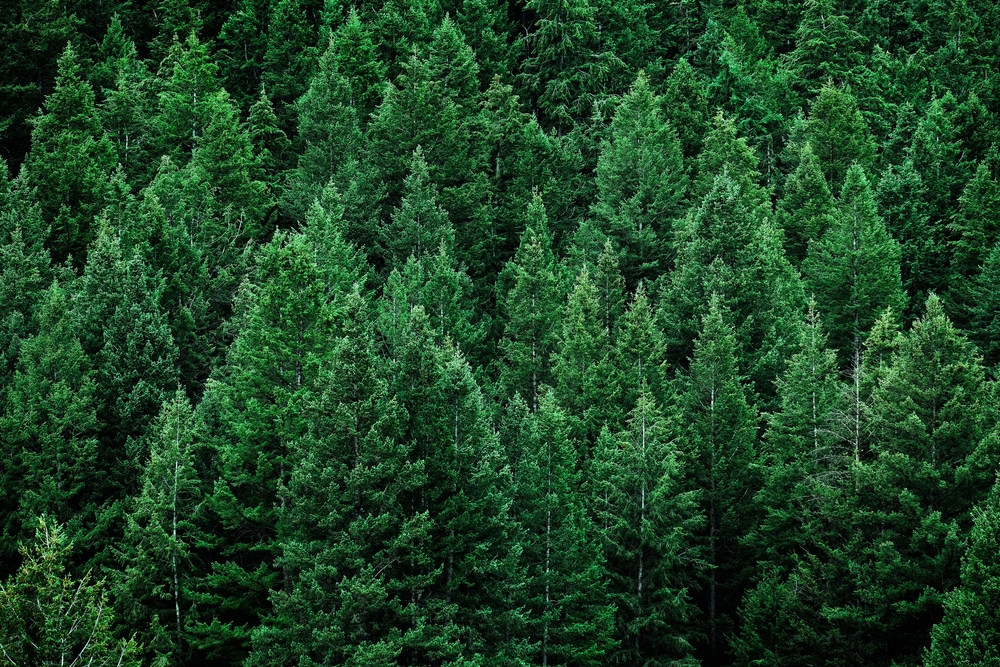
With an estimated three trillion trees on Earth compared to about 100 billion stars in the Milky Way (our galaxy, not the solar system), this fact highlights the incredible abundance of life on our planet compared to the vast but less populated cosmic surroundings.
The Body Produces 25 Million New Cells Every Second

Human bodies are constantly regenerating, with millions of cells being produced every second to replace old or damaged ones. This rapid cell production is essential for maintaining health and repairing tissues, showcasing the remarkable efficiency of biological processes.
The Brain Uses 20% of the Body’s Oxygen

Although the brain constitutes only about 2% of the body’s weight, it consumes a disproportionately large amount of oxygen. This high demand underscores the brain’s complex and energy-intensive activities, emphasizing its role as the control center of the body.
Light Moves in a Straight Line

In a homogeneous medium, light travels in straight lines, a fundamental principle that governs our understanding of optics. This behavior is crucial for the formation of images and explains why shadows and reflections occur in the way they do.
Honey Has a Long Shelf Life

Honey can remain edible for thousands of years due to its low water content and high acidity, which inhibit the growth of microbes. The longevity of honey is extraordinary, showcasing the natural preservation properties of some substances.
Water Expands When Frozen

Unlike most substances, water expands when it freezes, making ice less dense than liquid water. This anomaly is why ice floats on water, a fact that has profound implications for aquatic life and the Earth’s climate, as it insulates water bodies and allows life to survive beneath ice-covered surfaces.
The Sun is a Massive Fusion Reactor
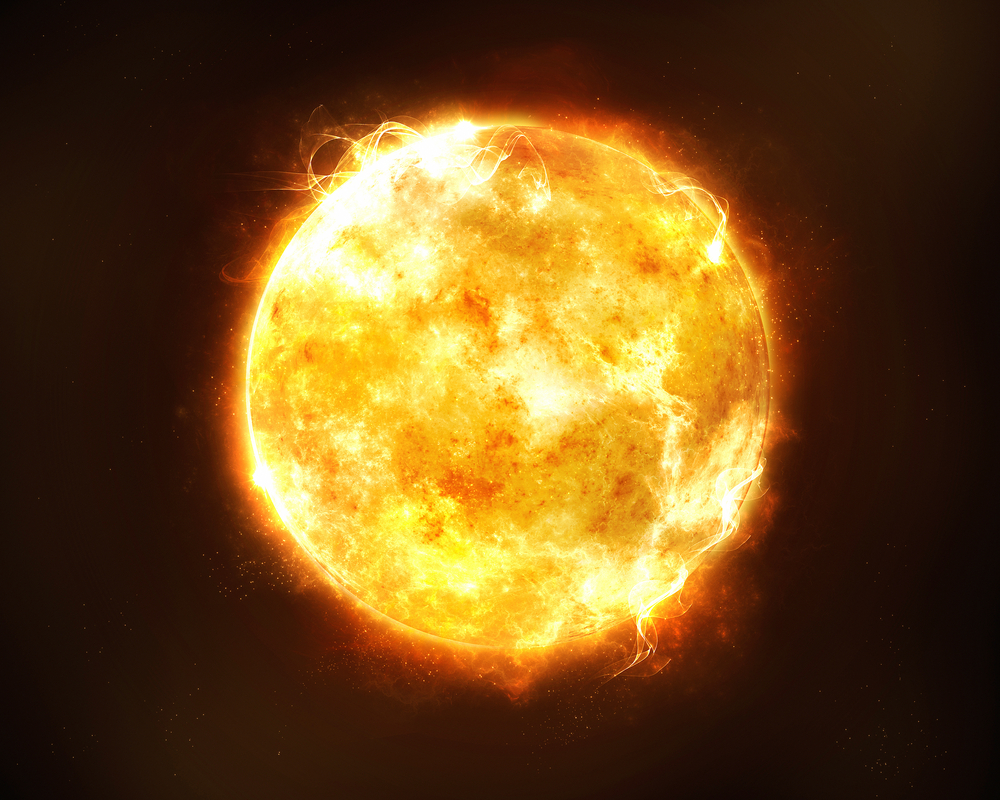
At the core of the sun, hydrogen atoms fuse together to form helium, releasing vast amounts of energy in the process. This fusion reaction powers the sun and produces the light and heat essential for life on Earth, highlighting the incredible energy processes that occur naturally in the universe.
The Universe Is Still Expanding

Observations indicate that the universe is not only expanding, but the rate of expansion is also accelerating. This ongoing expansion, driven by what is thought to be dark energy, points to a dynamic and ever-changing cosmos, extending beyond the observable universe.
The Speed of Sound Is Faster in Warmer Air

Sound travels faster in warm air than in cold air because molecules in warm air move more quickly and transmit sound waves more rapidly. This variation in sound speed with temperature demonstrates the intricate relationship between physical properties and environmental conditions.
The Human Stomach Gets a New Lining Every Few Days

To prevent digestion of its own tissues, the stomach regenerates its lining approximately every three to four days. This rapid turnover is a fascinating example of the body’s protective mechanisms and its ability to renew itself continually.
Bananas Are Radioactive
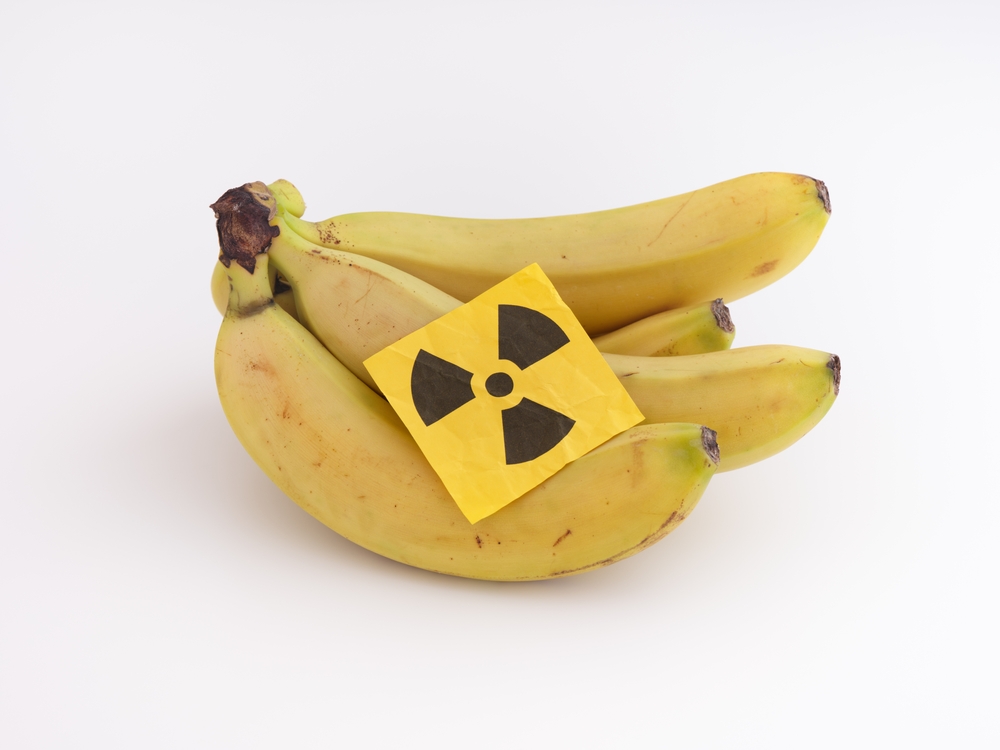
Bananas contain potassium-40, a naturally occurring radioactive isotope of potassium. The radioactivity is extremely low, but it’s an interesting fact that highlights the natural occurrence of radioactivity in our daily lives and the environment.
A Single Lightning Bolt Can Measure Over 5 Miles in Length

Lightning is a powerful and impressive natural phenomenon, with some bolts measuring over five miles long and carrying electrical charges of up to 100 million volts. This showcases the tremendous energy present in our atmosphere during storms.
Olympus Mons on Mars Is the Tallest Mountain in the Solar System
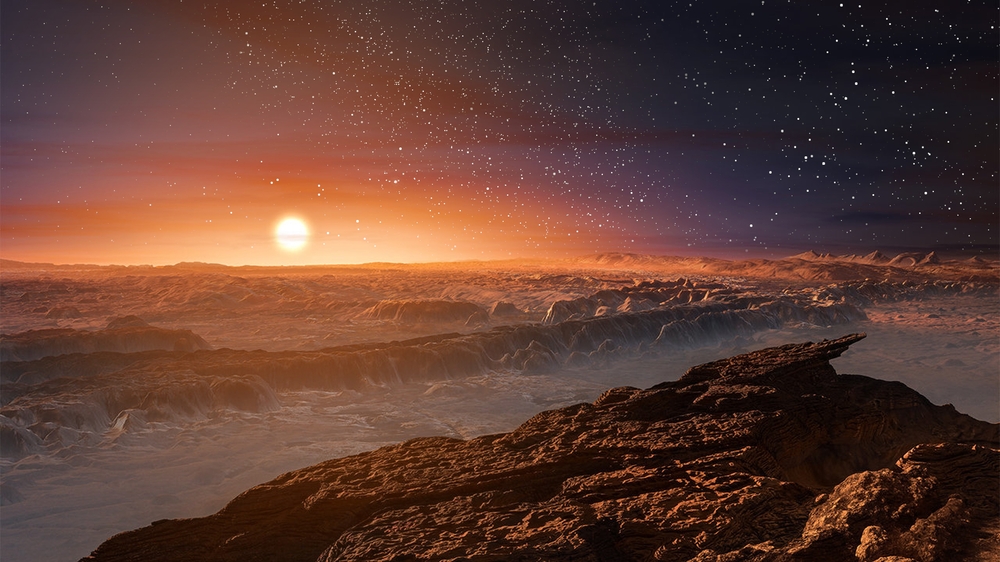
Standing at about 13.6 miles (22 km) high, Olympus Mons is nearly three times the height of Mount Everest. This fact underscores the dramatic differences in geological features across our solar system.
A Day on Venus Is Longer Than a Year on Venus
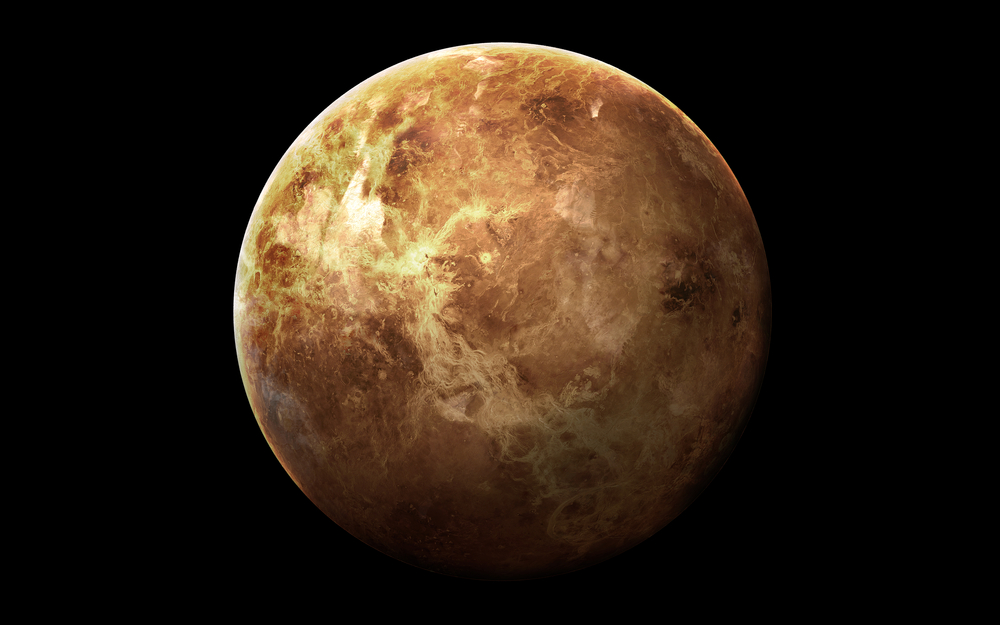
Venus has an extremely slow rotation on its axis, making one day on Venus longer than one Venusian year. This peculiar aspect of Venusian time is a stark reminder of the diversity of planetary dynamics in our solar system.
The Human Eye Can Detect More Shades of Green Than Any Other Color

This ability is thought to have evolved due to our ancestors needing to detect predators and prey in forested environments, demonstrating how human perception is shaped by evolutionary history.
Butterflies Taste With Their Feet

Butterflies have taste receptors on their feet, allowing them to taste their food by standing on it. This adaptation helps them find suitable plants for laying their eggs and is a remarkable example of the specialization in the animal kingdom.
Sharks Have Been Around Longer Than Trees
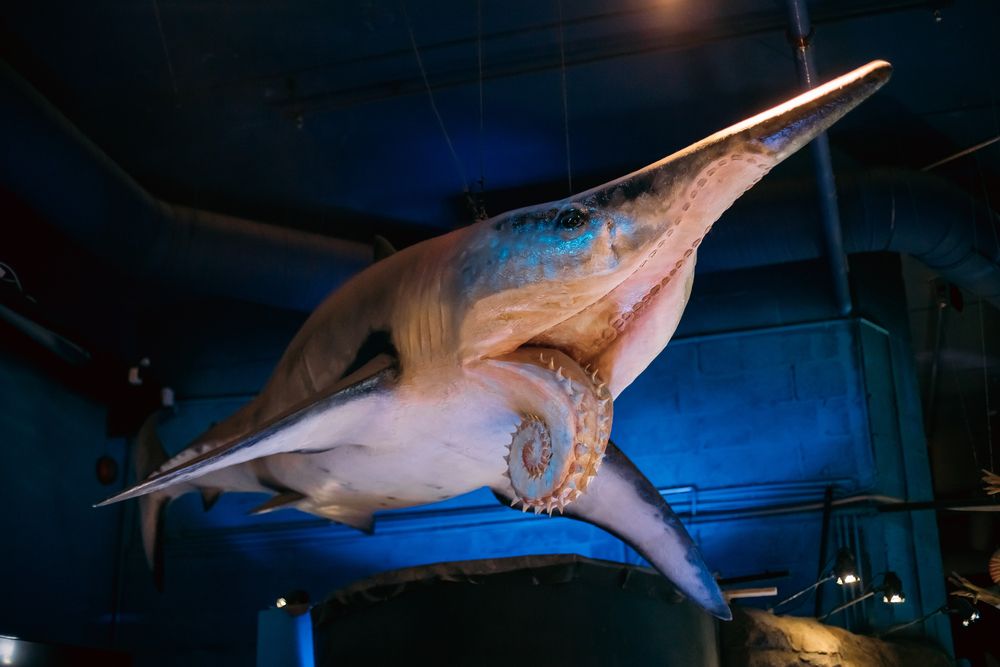
Sharks date back over 400 million years, whereas the earliest trees appeared around 350 million years ago. This longevity highlights sharks’ evolutionary success and their adaptability to changing environments over geological time scales.
This article originally appeared on UnifyCosmos.
More from UnifyCosmos
20 Skincare Products Dermatologists Use Themselves

Explore the skincare essentials dermatologists rely on for their personal routines in this article. Discover the top picks of these experts, from potent serums to gentle cleansers, offering insights into achieving healthy, radiant skin. Read More
20 Myths About Animals That Many People Think Are True
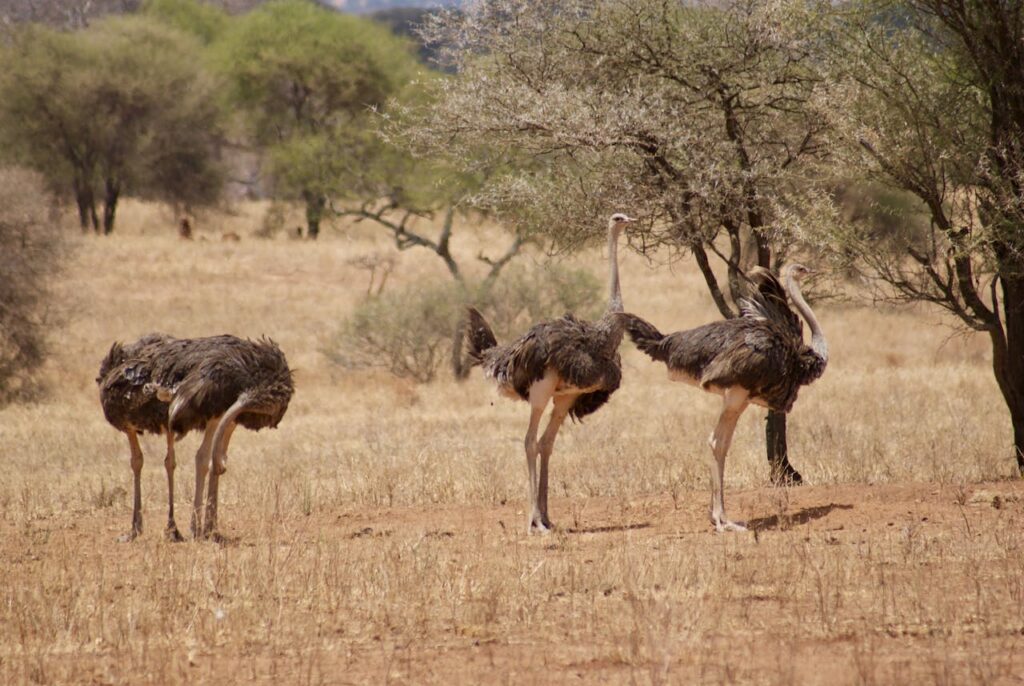
From ancient folklore to modern misconceptions, myths about animals have woven their way through cultures worldwide, often blurring the lines between fact and fiction. In this article, we’ll debunk some of the most persistent animal myths that continue to captivate and mislead the public, shedding light on the truth behind these fascinating creatures. Read More
17 Action Films with Great Love Stories

In this special feature, we’re diving into the heart-pounding realm of 17 action-packed films where bullets fly and hearts flutter in equal measure. These movies aren’t just about high-speed chases and explosive showdowns; they’re also about the beating hearts behind the gun smoke, the passionate embrace after narrow escapes, and the electric chemistry that sizzles even in the midst of chaos. Read More
Leave a Reply